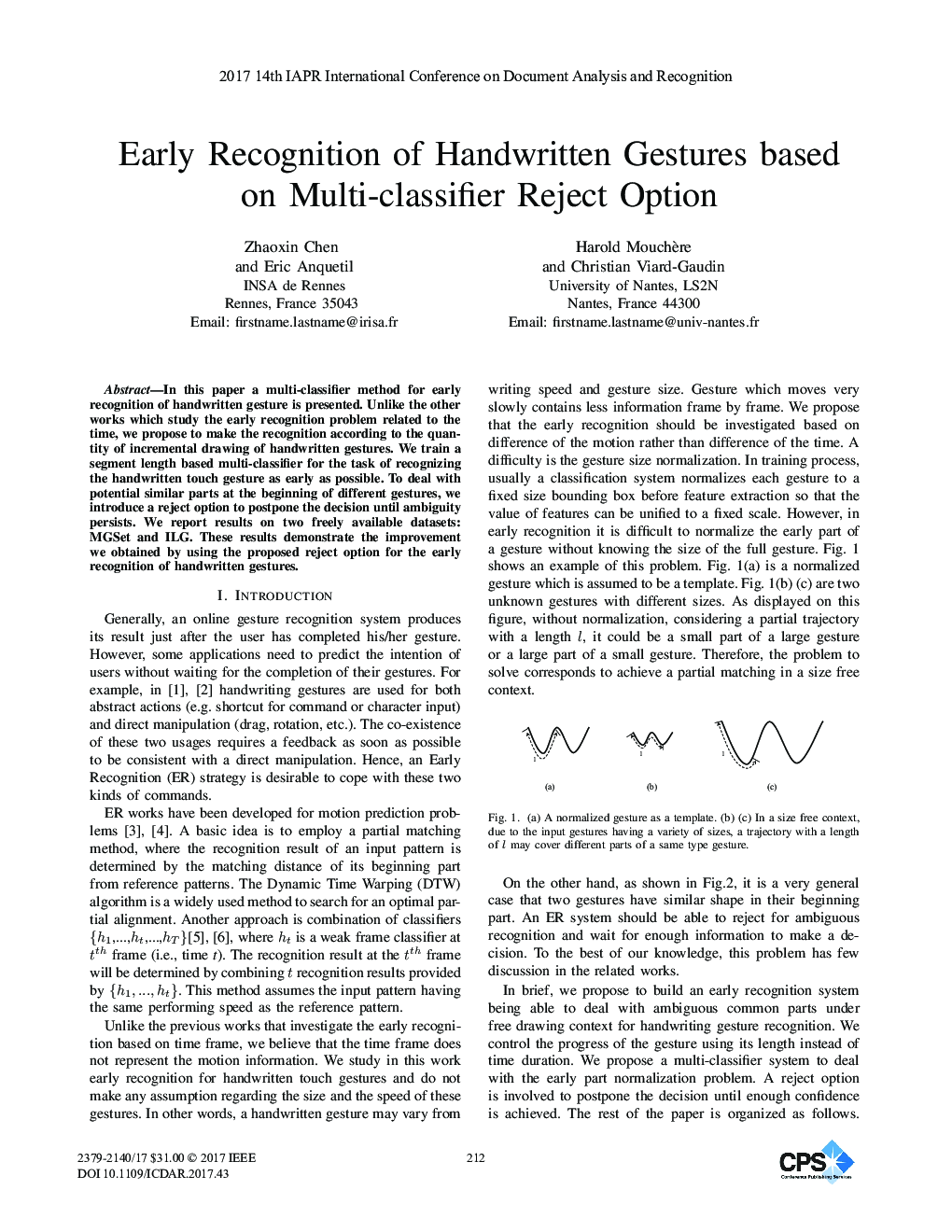| Article ID | Journal | Published Year | Pages | File Type |
|---|---|---|---|---|
| 5147933 | International Journal of Hydrogen Energy | 2017 | 6 Pages |
Abstract
In this study, a series of CeO2-ZrO2 and CeO2-TiO2 materials with different composition were prepared, characterized by BET and XRD analysis, and their hydrothermal stability was studied by subjecting the samples to acetic acid solutions at 533Â K. All of the materials, especially C1Z1 (50Â mol% CeO2 with 50Â mol% ZrO2) and C1T1 (50Â mol% CeO2 with 50Â mol% TiO2), exhibited excellent stability with no phase transformation and minimal decrease in their specific surface area (SSA) was observed even after 16Â h. After being loaded by Pt, these catalysts were used for the aqueous phase reforming (APR) of the low-boiling fraction of bio-oil (LBF) to investigate their catalytic performance. Among these catalysts Pt/C1Z1 and Pt/C1T1 showed superior catalytic activity, probably due to their lowest reduction temperature and the largest amount of O vacancies generated by the reduction of the surface oxygen of well-dispersed CeO2. Thus, Pt/C1Z1 and Pt/C1T1 were chosen to investigate their recyclability. The catalytic activity and H2 selectivity of Pt/C1Z1 and Pt/C1T1 can be almost recovered after being calcined in air at 773Â K for regeneration. After three cycles, the particle size of Pt/C1Z1 and Pt/C1T1 only experienced a slight increase, while for Pt/Al2O3 it increased from 2.9Â nm to 7.8Â nm. So, compared with Pt/Al2O3, the Pt/C1Z1 and Pt/C1T1 catalysts were identified as effective and recyclable candidates for the production of H2 rich fuel gas from APR of LBF.
Related Topics
Physical Sciences and Engineering
Chemistry
Electrochemistry
Authors
Aiping Chen, Huijun Guo, Yumeng Song, Ping Chen, Hui Lou,
